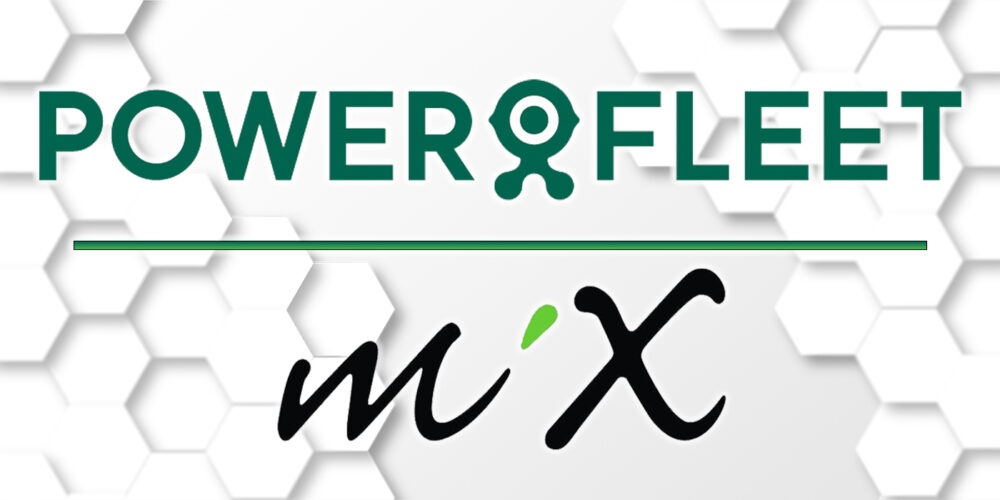With the demand for truck freight booming, and a shortage in the supply of equipment, fleet managers are under more pressure than ever to make the most of the assets they have. That means a shift in perception about what we mean by an asset to include not just the number of trucks available, but the time they’re in use. Fleet managers need to become Time Lords.
There are multiple facets to the current problem. For one thing, it’s currently tough to find new trailers to meet demand, with orders booked nearly through Q1 of 2019 and Class 8 equipment orders outpacing industry capacity. There’s also the truck driver shortage, not to mention the introduction of ELDs aggravating that problem. You can add into the mix the fundamental changes in consumer and B2B customer demands that mean deliveries are being made more frequently and in narrower time windows. All in all, it’s crucial to squeeze the last drop out, not just out of your physical truck assets, but out of every moment your assets are on (or off) the road. Time is the new enemy, and you need to master it.
Luckily, there’s a powerful weapon that can help you gain the upper hand. Routing and scheduling software, which uses smart mathematical algorithms to reduce the time taken to make each delivery, maximizes asset utilization in ways that can make the difference between responding to customer demands and turning business away. It offers transportation cost savings of between 10% to 30%, increasing your asset utilization by the same amount.
The problem is that, when it comes to routing, fleet managers are still making the mistake of taking a task better handled by a computer and trying to do the math in their heads.
Route planning is now an undeniably critical factor in how efficiently you deploy your scant trucking assets. Route planners are dealing with a level of complexity that is becoming almost unimaginable. They need to factor in not only trucks and delivery points, but different unloading times, special customer requirements, traffic conditions, driver schedules, and hours of service limits. Despite the immensity of this planning challenge, a large number of U.S. companies continue to use manual route planning and scheduling processes, or very rudimentary planning tools. The resulting inefficiency—not just in costs, but in terms of asset utilization—can be staggering.
Let’s do some math.
Say that, by automating your delivery planning with route optimization software, you could become 15% more efficient. If you run a 20-truck fleet with each truck traveling 50,000 miles per year, the potential benefits might look like this:
- 150,000 fewer miles. At a conservative 8 MPG, that would require 18,700 fewer gal. of fuel for a $60,750 fuel savings at current diesel prices.
- Fewer trucks. According to the American Transportation Research Institute, each truck mile costs fleet owners $1.59 and equipment purchases account for 16% of that cost. So those 150,000 fewer miles could save you $38,000 in annual equipment payments alone and another $24,000 in repairs and maintenance.
- Fewer drivers. A recent driver salary survey by the American Trucking Associations put the salary for an entry-level driving position at $53,000. Add benefits to that and the total cost is around $70,000 per driver.
Even better than just saving money, you’ll also be able to do more with less. Using route optimization software to achieve more efficient routes mean more drops per shift and, ultimately, less trucks and drivers needed to handle the workload. When you rely on hard data and smart algorithms to inform routing decisions, rather than the subjective judgment of planners, there is a far greater level of certainty about the assets required to handle all the work.
In contrast, a manual planning environment breeds uncertainty and, therefore, risk that you won’t have the needed capacity to deliver orders. As a result, an increase in sales and deliveries can trigger knee-jerk requests for new equipment and new drivers—ones you probably don’t need.
Obviously, the benefits will vary based on fleet size, equipment type and, primarily, your current level of fleet efficiency. If you are still manually planning delivery routes, or using an unsophisticated tool, our experience suggests that a 10% to 30% improvement in efficiency is realistic. That puts our example above squarely in the middle of what kind of increase in asset utilization you could achieve.
For fleet managers struggling to manage scant resources, time is the enemy. Routing and scheduling software is an essential weapon in the battle to maximize asset utilization. Are you ready to become a Time Lord?
This article was contributed by By Will Salter, chief executive officer of Paragon Software Systems.














